General Summary
Recently, NIRx Medical Technologies hosted a workshop at The University of Houston with guest speaker and fMRI expert, Dr. Tom Zeffiro.
Dr. Zeffiro has now worked in fMRI for several decades and has now worked in the field of fNIRS for sometime as well. Due to the increased popularity of the modality, Dr. Zeffiro has decided to transition his passion and related knowledge of fMRI into the field of fNIRS. This combination of modalities is near perfect as the BOLD signal of fMRI is so highly related with the hemodynamic response of fNIRS.
The purpose of this workshop was to build on and apply the current knowledge of fMRI into the field of fNIRS to create a useable and understandable methodology for any fNIRS user. There are several reasons why this purpose would useful for fNIRS users.
The first reason is simply due to the larger number of publications in fMRI that are completely (or at least near-completely) translatable into the realm of fNIRS. This allows fNIRS users a wider range of documentation and resources when conducting their experiments, and creates a valuable repository to help answer questions that arise when current fNIRS repositories fall short.
Additionally, this purpose also aimed to build on the often more established topics in fMRI and translate the information to the fresher realm of fNIRS. This would enable researchers who might be currently familiar to fMRI but perhaps new to fNIRS to gain a more stable first footing into the field.
The workshop was split into a 2-day program covering the basics of fMRI experimentation, signal processing, and analysis through to the translation of these topics into fNIRS. The talk focused on similarities, incongruencies, and applications in both technologies.
Day 1
Dr. Zeffiro began the workshop spanning the breadth of fMRI. This included a broad overview of the technology, sparing the crowd from many of the intrinsically deep details.
During the day, the conversation never touched heavily on any specific application, nor did it demonstrate any real analysis, but during the conversation, Dr. Zeffiro did share anecdotes about popular studies in the field. The day focused on introducing the attendees to the fabric of fMRI, ensuring an all-encompassing overview of the field. While initially a bit overwhelming in information, Dr. Zeffiro proved his experience in delivering these workshops on day 2, when the course came full circle tying in each concept introduced during day 1 to its application and reason.
Day 2
Entering day 2, Dr. Zeffiro clearly had a method to his madness as he calmly and astutely began to connect each of the dots presented in the previous day’s talk. There was clear relief and several “a-ha’s’ being exuded from the crowd as each audience member found moments of genius in the unsuspecting plan.
fNIRS came to the forefront of day 2 with fMRI simply adding the support beams to the explanations of the technology. Applications and technical acuity began to seep more and more into the conversations. Lending a more hands-on feel, without Dr. Zeffiro having to provide individual guidance.
Dr. Zeffiro’s opening topic, “what should you first do when you get a device?” started the day with curiousity and led the path of discussion all the way through analysis. The conversation led to the first experiment one should do with their system, enabling users to fully understand the technology, the device, the data, and the analysis.
Fingertapping enables the learning curve because it is such a simple task to understand, simple in its physicality, and simple in its cognitive load. The response to tapping fingers is large, and the response is quite intuitive to most brain scientists. The outcome should be a large response in the motor region. There may or may not find contra-laterality, but if all things are working properly, you absolutely will find a motor response, and therefore nearly guaranteed usable data to work with.
The day continued from this simple paradigm adding levels of complexity to the task. Showing the audience how one may alter the experimental question using simple steps, correcting the experimental paradigm, and eventually what accompanying analytical changes would be made to appropriately measure these more complex levels.
Each step was described in great and understandable detail. Many common processing and analysis steps were explained with the questions, “what”, “why”, and “how”.
In Closing
The workshop encompassed an enormous amount information during a two-day period, but brought a range of researchers into an environment focused on complicated topics in neuro-imaging while maintaining a focus on simplifying each topic to its bones.
The workshop enabled an open atmosphere for questions and discussion, and often detoured down the appropriate paths to ensure the audience was able to have all needed questions answered. Dr. Zeffiro was able to maintain this environment during both days while keeping his focus on the intended program.
We hope all attendees found use in their attendance, and we hope this summary does the workshop justice. If we happened to miss you for this first course, we look forward to seeing you in future courses!




